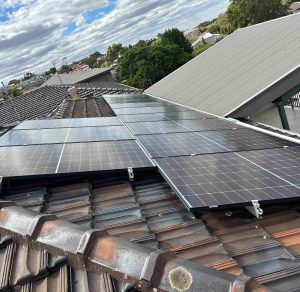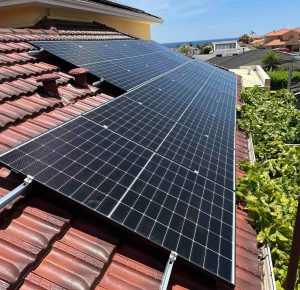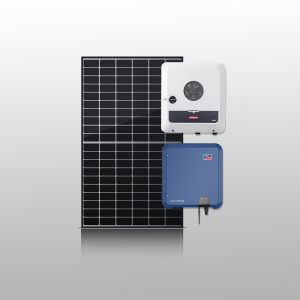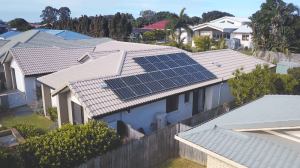There are lot of technologies to look forward to, when it comes to economizing the residential solar system market. We have come a long way from the first solar panel modules which went online back in the early 2000s. Tesla unveiled solar roofs this year; and now researchers, Professor Kourosh Kalantar-zadeh and Dr Torben Daeneke, from Royal Melbourne Institute of technology (RMIT) have developed the solar paint! This research work has been published as “Surface Water Dependent Properties of Sulfur Rich Molybdenum Sulphides – Electrolyteless Gas Phase Water Splitting” in ACS Nano.
Solar Paint
Yes, you heard it right. Though it works differently from a solar panel, solar paint helps in converting solar power into usable electricity that can run a home. It basically absorbs solar energy and moisture from the atmosphere. Then the water molecules are split into hydrogen and oxygen using the solar energy. This collected hydrogen can be used as a fuel source. Hydrogen is one of the cleanest sources of fuel. It can be used in fuel cells, combustion engines etc. One of the benefits is that the paint will be a viable option during a range of climatic conditions.
[youtube video=”Ci6LKz0ajfI” width=”700″ height=”420″]
The splitting of water atoms into hydrogen and oxygen is catalysed by a new material called synthetic molybdenum-sulphide. This also acts as a semiconductor. So, mixing this material with titanium oxide leads to the production of solar paint.
Application
The final product is far from complete, as many aspects of implementation, like energy storage etc., are yet to be addressed. We are looking at a minimum time frame of 5 years, when this technology will be affordable to the public. Also, this special paint is supposed to be used as source of energy complementing the conventional solar panels. It can cover areas which receive very low solar irradiation, and thus not feasible for the installation of solar modules. This will help in maximising the solar power potential of any real estate. Now it is not farfetched to think how a house made with solar roof, batteries and solar paint can become a hub of renewable energy in future.
Source: RMIT









